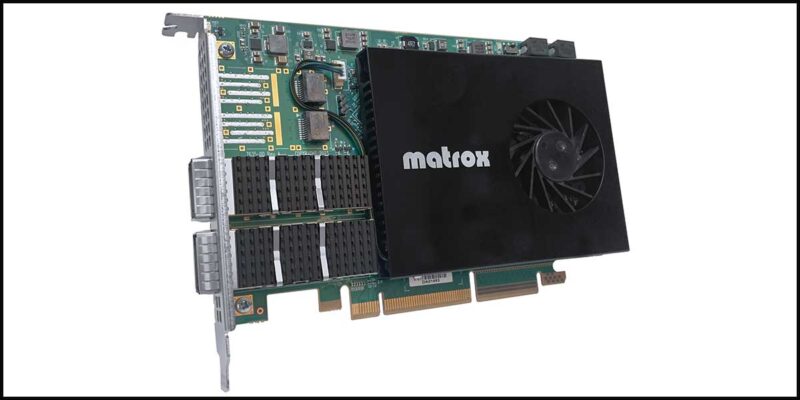5 Things to Know About Signal Routing/Switching Before InfoComm 2021

Routing and switching is constantly evolving in ProAV — especially with the proliferation of faster internet, higher resolutions and more equipment added to the network daily.
Ahead of the show, we spoke with InfoComm 2021 exhibitors to explore what signal routing/switching trends AV professionals should be aware of before they head to Orlando for the show.
1. HDBaseT Technology is More In-Demand Than Ever
“While 2021 was all about upgrading the ethernet infrastructure to support the increasing number of cloud-based video conferencing sessions, 2022 is all about hybrid. More specifically, it’s about improving the user experience by using the right equipment to support meetings and classes that include both in-person and remote participants. We see in-room AV setups including more signals that need to be routed due to an increasing number of displays and peripherals, such as cameras. An important requirement that helps when retrofitting existing spaces is the ability to extend power through the same cabling connected to the installed equipment, eliminating the need for installing new power outlets in areas that were not originally planned for it. We are experiencing strong demand for HDBaseT technology in that respect.”
—Effi Goldstein, Marketing Committee Chair, HDBaseT Alliance
2. QR Codes are Growing in Popularity for Control
“As we continue our return to the office, prevention measures against COVID-19 and its
variants are still very much a priority. In conference and meeting rooms, this need is
driving a big push for touchless technologies and taking BYOD culture to another level.
Not only do users need the ability to wirelessly integrate their laptops, smartphones, and
tablets into AV-over-IP systems for presentations, but they require control over systems
for source switching and more on these devices. One way we’re seeing this control
delivered is through the scanning of QR codes for access to user-friendly online
interfaces.”
—Taft Stricklin, Sales Team Manager, Just Add Power
3. IP KVM Extended Streamlining Set-Up
“IP KVM extenders play a pivotal role in demanding commercial and mission-critical environments due to their security, extension and switching capabilities. Organizations use IP KVM extenders to protect and secure their systems in dedicated server rooms while users remotely access and switch between these systems over standard networking infrastructures. The emergence of distributed workforces has also seen an increased number of organizations adopt these technologies for local LAN, WAN and internet connections — high-performance, low-bitrate IP KVM extenders are essential for these types of remote and secure KVM workflows. In addition, IP KVMs increase operator efficiency by enabling them to control and monitor multiple systems from multi-monitor and 4K workspaces. A streamlined setup that offers users simultaneous access from more systems facilitates timely and accurate decision-making, enhanced collaboration and advanced workflow operations.”
—Caroline Injoyan, Business Development Manager, Matrox Video
4. Flexibility is Key
“Always take care when choosing your next solution, as not all signal routing and switching devices are born equal. One aspect to consider is whether your input will be automatically scaled to your output. For example, if your display is 1080p or even perhaps 4K and your source is 720p video, how will it be upscaled? Consider all aspects including scaling quality, latency and whether it is possible to set custom resolutions for LED displays. Also consider the end-to-end management of HDCP (High-bandwidth Digital Content Protection), which is a form of digital copyright protection which can also create workflow issues.”
—Mark Trevena, Communications and Training Manager, tvONE
5. IP Technology is Rapidly Expanding
“SDI (Serial Digital Interface) remains the predominant standard for moving audio and video signals around AV environments today, with 12G-SDI routing often a key consideration for integrators. Yet, traditional approaches to routing are rapidly evolving with the arrival of IP technologies that offer greater density, especially those supporting NDI (Network Digital Interface) and SMPTE 2110. To this end, we expect to see new evolutions that support more seamless routing between SDI and IP technologies within a web interface. AJA BRIDGE LIVE, is one such technology, providing both multi-channel 12G-SDI/3G-SDI I/O and multi-channel NDI I/O support via the latest BRIDGE LIVE v1.12 software update.”
—Bryce Button, Director of Product Marketing, AJA Video Systems
To see the latest signal routing and switching solutions for pro AV, visit these manufacturers and more InfoComm 2021.
To stay up-to-date with the latest show news, visit our InfoComm 2021 microsite.





